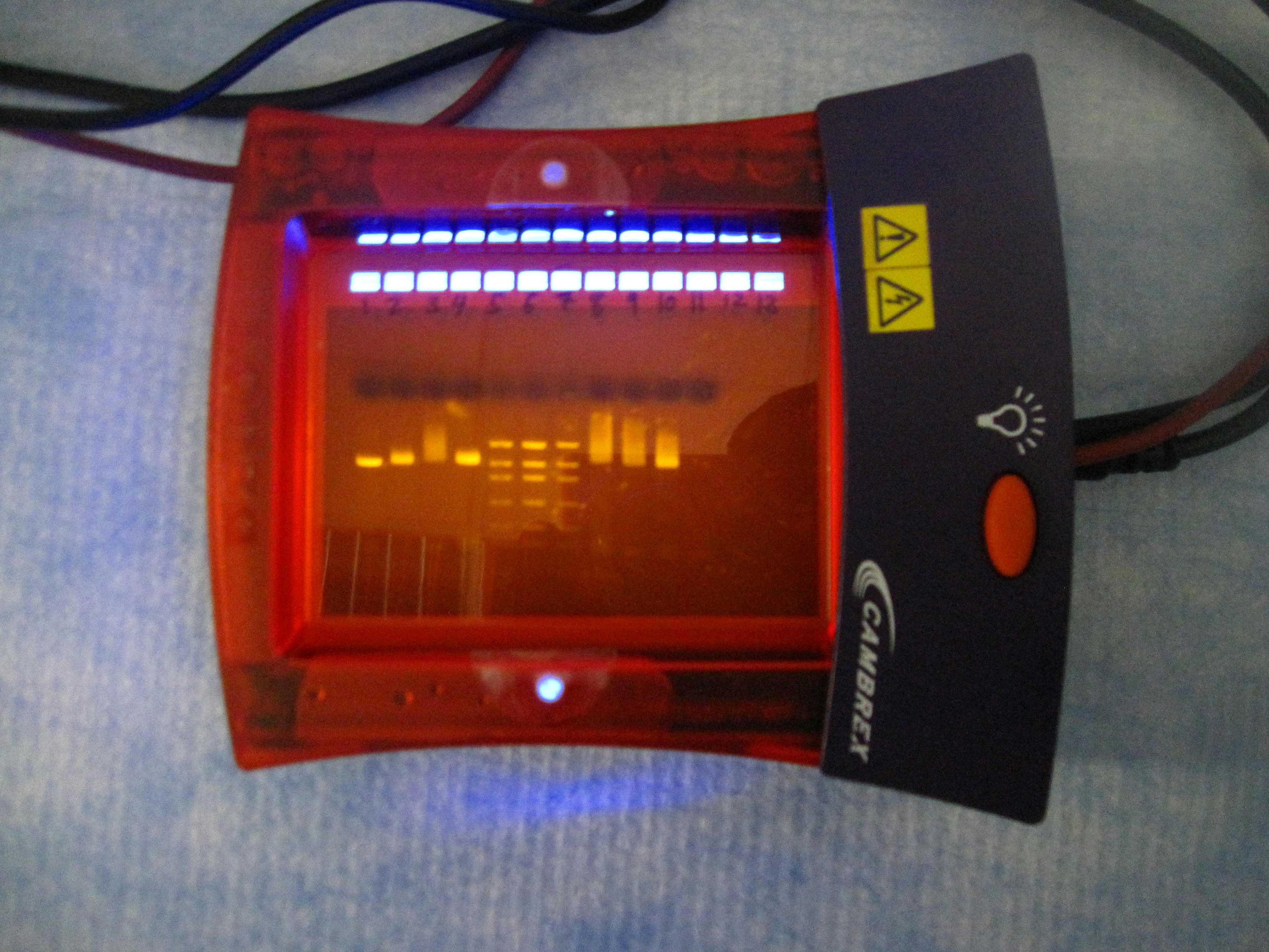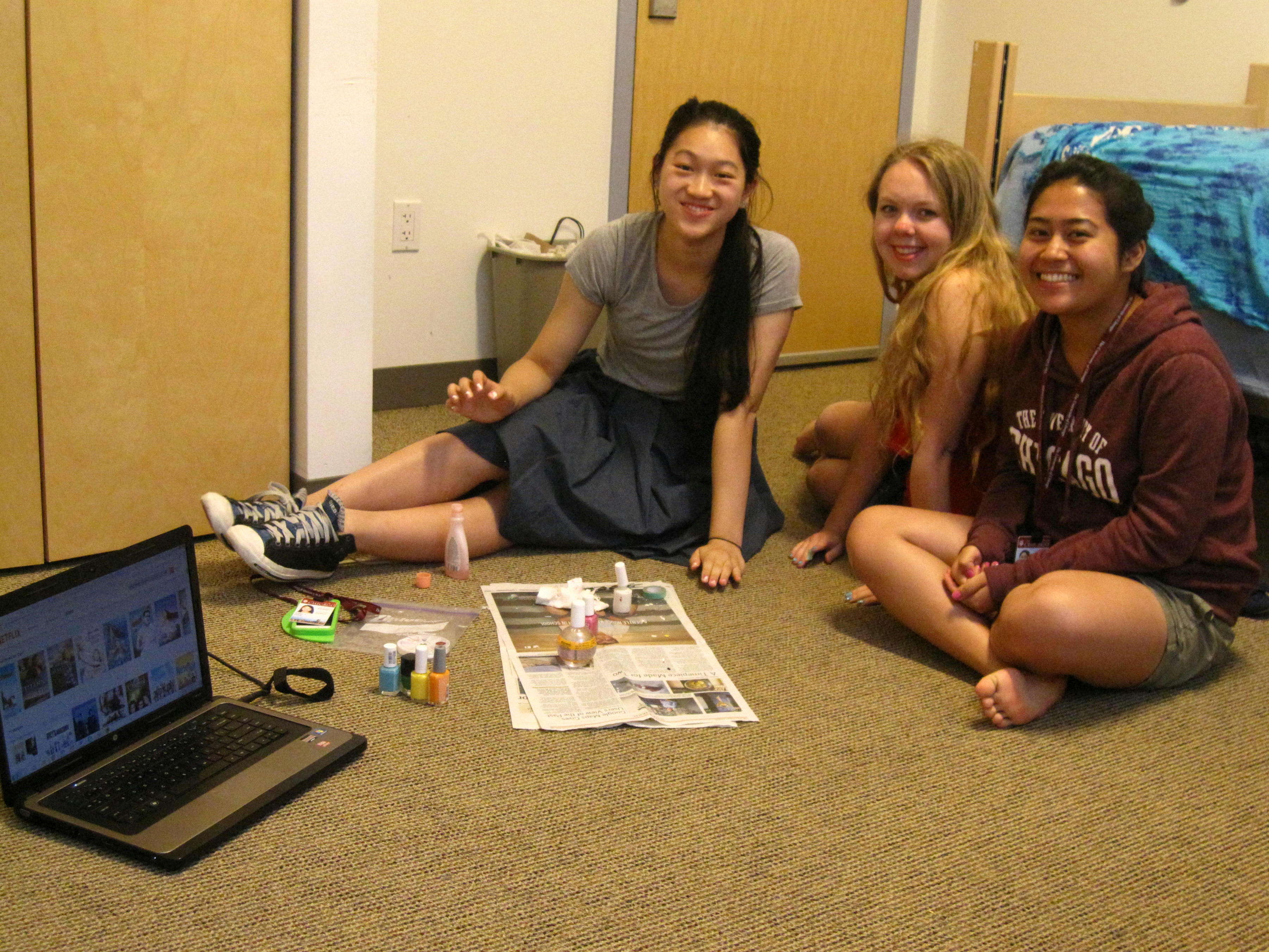Today, even though Cassie is usually the one who teaches the class
and does the lecture, Amanda the TA gave it a try. We were all very tired
because it was the last day of the week. To keep us all alert and learning the
lecture was very interactive. There was a lot of discussion and small writing
assignments. The topic that we were learning about today was moral development.
Coincidentally, the topic of my small group's study is in fact morality and
rule-breaking. Our study actually started today with just one participant.
Because the participant was the little cousin of one of my group mates, she
just came with her cousin. She was five years old and she sat between me and her
cousin, Madi. She even participated in the class a few times.
 |
| Piaget |
There are a few different theories on the moral
development of children. The first is from Piaget. He believed that children
first based their moral decisions off of authority and rules. This was how they
thought of what is right and wrong. To test this, he told a short story to
young children about two situations. In the first situation, a little boy
opened a door with a tray behind it. On the tray there was fifteen cups so when
the boy opened the door, he knocked the tray over and all of the cups broke.
The second situation involved a different little boy who was trying to sneak
some jam which was on a high shelf. In the process of sneaking the jam, he
knocked over a cup and broke it. Interestingly, many younger children thought
the little boy who broke fifteen cups was naughtier. This causes us to think
that the reasoning behind their decision of who was naughtier is based off of
which one would get in more trouble and suffer worse consequences. What they
did not seem to take into account, however, was the intention behind the
actions of the little boys. Many adults would say the second boy is naughtier
because he was trying to sneak a treat, and that the first boy did what he did
on accident with no bad intentions. Some think this can be compared to the
phenomena where children do not understand that the amount of water is a short
and wide cup is the same amount of water in a tall and thin cup. They see that
the water in the second cup looks taller, so they are only thinking in terms of
one dimension, height rather than width. In the same way, these young children
seemed to consider consequences as the basis of morality, while not being able
to take into consideration intention. Younger kids also seemed to think of
rules as concrete things that cannot be changed and that are real. Piaget
suggests that peer interactions are the reason for moral development, but it
was later found that it was not just the number of peer interactions, but that
the interactions had to do with cooperation between peers. Playing games with
rulesor examples, and modifying rules, changes the way children reason about morality.
 |
| Kohlberg |
Another important theory
about moral development was the theory of Kohlberg. He believed similarly that
at a very young age morality is about punishment and reward. Later it is about
doing the right thing in the role one has taken. For example, if someone wants
to be a "good sister", they will base their moral decisions based on
that. After that, the expectations of society and the importance of doing what
benefits the most people will also be taken into account. The last stage he
describes is when universal morality is the basis of somebody's decisions. We
tried as a class to think of a moral that applies to everyone in the world, to
the young and old, and cross-culturally. We found this extremely difficult,
because even something like killing another person, which we all thought was
morally wrong, could be socially acceptable to some people under certain
circumstances. Kohlberg also believed that very few people ever reached this
stage.
We also discussed the altruistic tendencies of young children. In
a study done by Tomasello, it was found that children naturally want to help
others. If an adult pretends to need help reaching something, the child will
get it and pass it to the adult. The altruism of young children was compared to
that of adult chimpanzees. Chimpanzees were willing to pass things to people
who could not reach them themselves, but when it came to sharing, there was
less willingness. Also, a key difference is between the two is that children
will tell each other information, even if telling the information is not
beneficial for the one telling it. This is not the case chimpanzees. Cassie
pointed out though, that a fault in this study was that they were comparing
toddlers with adult chimpanzees instead of toddlers with very young
chimpanzees.
After this we left for lunch. Before going to the dining hall, I
had to stop by the library to rent out an iPad. We were going to begin our
study after lunch and we needed to record it with something, so we used an
iPad.
After lunch, the other groups went first and then we went. In a
separate room, the participant sat with a bowl of little toys in front of her.
We told her multiple times to only take one toy in case she could not read the
sign. Later we gave her a short questionnaire about her favorite things, and
then Meg, a class mate went in to the room as a negative peer influence. Meg
took more than one toy right away. When later we came back into the room, we
asked the participant how many toys she took. She said that she took two toys
enthusiastically, right away, and was also quick to tell us that Meg took a lot
of toys. It was a lot of fun and the results we got were interesting. While we
watched the video afterwards, my group noticed that she only took one toy when
she was alone, but when Meg came into the room and took way more than one toy, the
participant took another toy.
After we finished our
study, we were free to return to the dorms, I took a nap until dinner, and then
returned to my room to sleep again. I was really tired by the end of the week.
I woke up and ten thirty, and then signed in for the night and played cards
with friends.
Tomorrow we are going to an information session, and then a few of
us are going to church with Dani, which should be an interesting experience for
me because I do not go to church very often.















